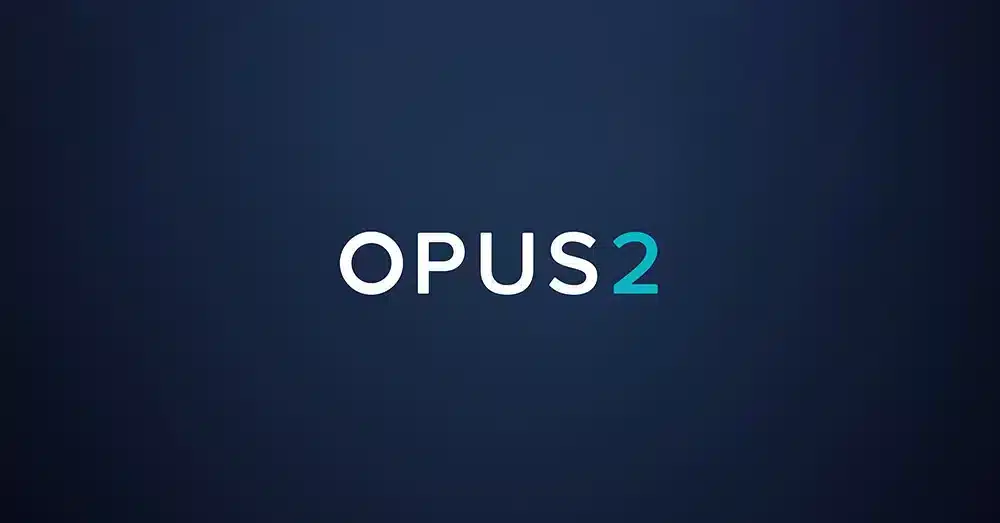Without a doubt, deposition designations play a crucial role in modern litigation. When done well, they can serve as a foundation for your strategy. They make your pre-recorded depositions more concise, cohesive, and impactful. And they help you get to the heart of your matter. Unfortunately, the deposition designation process is often manual, time-consuming, and labor-intensive. In short? It’s a pain.
In this article, we’ll provide everything you need to know to master deposition designations. We’ll share some background information and give an overview of the designation process. Next, we’ll explore tips for overcoming common challenges and how case management software can help. Finally, we’ll explore additional resources including webinars and a couple of deposition designations examples and templates.
- What is a deposition designation?
- Why are deposition designations important?
- Who prepares deposition designations?
- The deposition designation process
- Challenges and best practices for deposition designations
- Using case management software for designations
- Additional deposition designations resources
Want to explore more efficient approaches to deposition designations? Check out this webinar from ILTA: Efficient deposition designations for modern litigation teams.
What is a deposition designation?
A deposition designation is an identification, by page and line number, of any testimony recorded during a witness deposition that a party intends to introduce at trial. Most often, these designations are presented in court as video clips from the deposition. However, in some cases, they may be read by a member of the trial team.
All deposition designations must comply with procedural rules as well as the orders established by the judge. For example, the court may dictate formatting for deposition designations or the total length of video testimony allowed.
Why are deposition designations important?
When presented in court, deposition transcripts are treated exactly like in-person testimony and often provide critical evidence. However, not everything recorded in a deposition is important to the case. For example, your deposition transcript may include confusing or irrelevant witness digressions, repetition, or filler words like ‘um’ and ‘uh’.
Rather than spending the court’s time presenting the entirety of a deposition recording, designations allow legal teams to cut to the chase. Using designations, they enter into evidence only the most relevant and important parts of the deposition testimony. This improves courtroom efficiency. In addition, it helps lawyers craft their trial strategy and move the case forward more effectively.
Who prepares deposition designations?
The litigation team involved in a case will create the deposition designations. Most often litigation support professionals and paralegals work in partnership with attorneys to prepare deposition designations. The team works collaboratively to carefully select and annotate testimony relevant to their legal arguments and case strategy.
The deposition designation process
- Deposition preparation (see below)
- Schedule and conduct depositions
- Receipt of deposition transcripts and recordings
- Review and annotation of transcripts
- Select deposition designations
- Final review and approval of designations
- Designation exchange with opposition
- Review of opposition’s designations
- Objections and counter-designations
- Submission to court
Challenges and best practices for deposition designations
Meeting tight timelines
Depending on the deposition schedule, the number of depositions, and the length and complexity of the resulting transcripts, you might be facing a mountain of work and only a few weeks to get it all done.
While we know everyone wants to dig in and get to work right away, it’s important to remember the case might settle or be handled dispositively. So, it’s wise to leverage junior associates and paralegals for the first review. It grows their experience, and it doesn’t need to be perfect. Additionally, this approach improves efficiency and reduces costs for your client.
Avoiding incompatible file types
When it comes to deposition transcript files, there are a lot of options like LEF, PTX, ASCII, and MDB just to name a few. Unfortunately, if a reporting agency delivers a transcript in a file type that’s not compatible with your case management software, it can bring your process to a halt and cost you precious time.
When engaging with reporting agencies, be proactive and establish standing orders that outline your needs. What file type works best for your team and technology? Will you need to use video deposition sync software to match your transcript with the recording? Knowing and communicating your technical needs in advance is key.
Navigating exhibits for virtual or hybrid depositions
In the last few years, we’ve seen the number of virtual and hybrid depositions grow. While this practice makes the deposition process more adaptable and accessible, it also presents a challenge in how to present exhibits.
It’s important to understand how exhibits will be displayed both during the deposition and in court. If your court reporting agency specializes in virtual depositions, ask if they have technology that will deliver an integrated capture of the evidence.
Presenting a consistent demeanor
It’s best practice for lawyers to approach depositions in the same way they do courtroom testimony. However, it’s common to see lawyers adopt different personas and demeanors in depositions versus court.
At every step of the deposition and designation process, assume that the jury will be watching and forming opinions. If the persona you present during a deposition is inconsistent with how you present yourself to the jury, it can be disorienting and counterproductive. Ask questions as if the jury is present. Keep your in-court strategy front of mind during the deposition and designation process.
Reducing deposition video editing
While part of the purpose of creating designations is to make deposition testimony as clear and concise as possible, try to avoid overediting. Too many cuts in a single piece of testimony can create a jerky ‘frankenclip’ that is disorienting and distracting for jurors.
Instead, make a thoughtful deposition outline. Consider the goal of the final product – a deposition designation that is concise, seamless, and continuous. Then, build a strategy and outline that will set you up for success and reduce the number of edits needed. As a bonus, if you aim to have as few edits as possible when taking the deposition, designating your transcript will take far less time.
Avoiding bad designation exchanges
Every litigation team has a process they’re used to, but a lack of consensus between parties can cause problems when it’s time for designation exchanges. What file type do they use? How will you format your page and line reference? Will you be exchanging PDFs? What data columns will you include in your deposition designation summary?
Plan to address the court requirements and technical aspects of your deposition designations exchange in a pre-trial order. Establishing clear guidelines for formatting and file types proactively enables both parties to be as efficient as possible.
Using case management software for designations
It won’t surprise you to hear that case management software, like Opus 2, addresses many challenges that come up when completing deposition designations. Designed specifically for litigators, it empowers your team by centralizing your case documents, characters, and chronology in a single interconnected space.
Case management software for deposition designations allows your team to:
- Collaborate simultaneously with your entire litigation team
- Review deposition transcripts and make annotations
- Link testimony to characters, documents, and events
- Tag, organize, and analyze testimony by topic, theme, and character
- Highlight transcript text using custom colors
- Automatically track designations run time
- Add or import designations and filter for relevant information
- Export deposition designations in various formats for easy exchanges
- Review synced video and automatically clip highlighted text
- Export individual clips or continuous clips of witness testimony
Additional deposition designations resources
Looking for more information about deposition designations? Check out these webinars, examples, and templates.
- ILTA webinar: Efficient deposition designations for modern litigation teams
- Webinar: Best practices in deposition transcript management
- Example: Texas District Court trial deposition designations template
- Example: Designations, counter designations, and objections court submission
- Example: Stipulation with instructions for deposition designations formatting
- Federal Rules of Evidence: Rule 32 Using Depositions in Court Proceedings
To explore how Opus 2 transforms your approach to deposition designations and transcript management, schedule a demo now.







